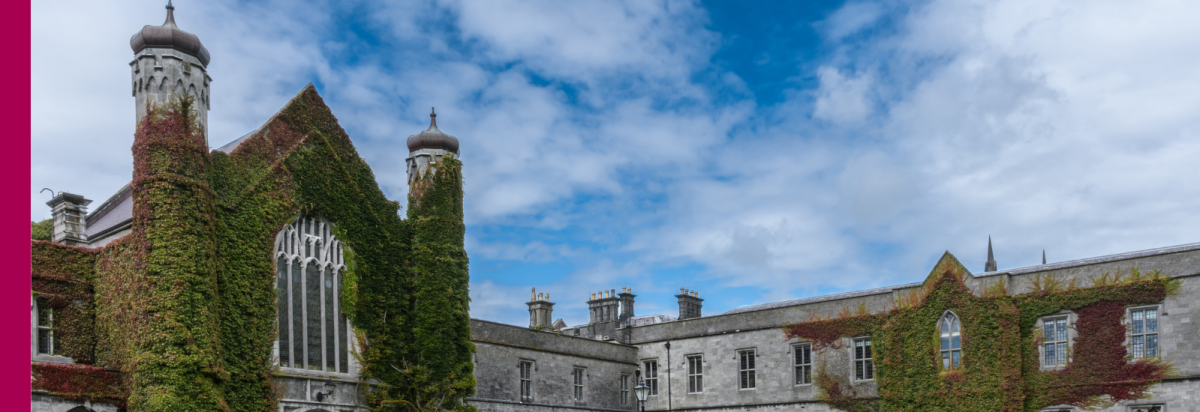Check out my article in RTE Brainstorm.
https://www.rte.ie/author/1010414-patricia-scully/
Analysis: new research shows how behavioural biometrics such as walking provide valuable data about who we are and our health and well-being
Image analysis of faces, fingerprints and retinal scans to identify people is well established at this stage. But “behavioural biometrics” such as walking provide valuable biomechanical information since every human has to walk or interact with gravity to get about.
Walking generates periodic motion affected by body characteristics such as age, fitness, sex, health and identity and can uniquely identify a person. Humans can recognise family members by the sound of their footsteps. We can spot a loved one walking at a distance or in a crowd by the sounds and visual signals their body makes. Clinicians can identify diseases and conditions from observing how a patient walks, again from their experiential training from many patients.

